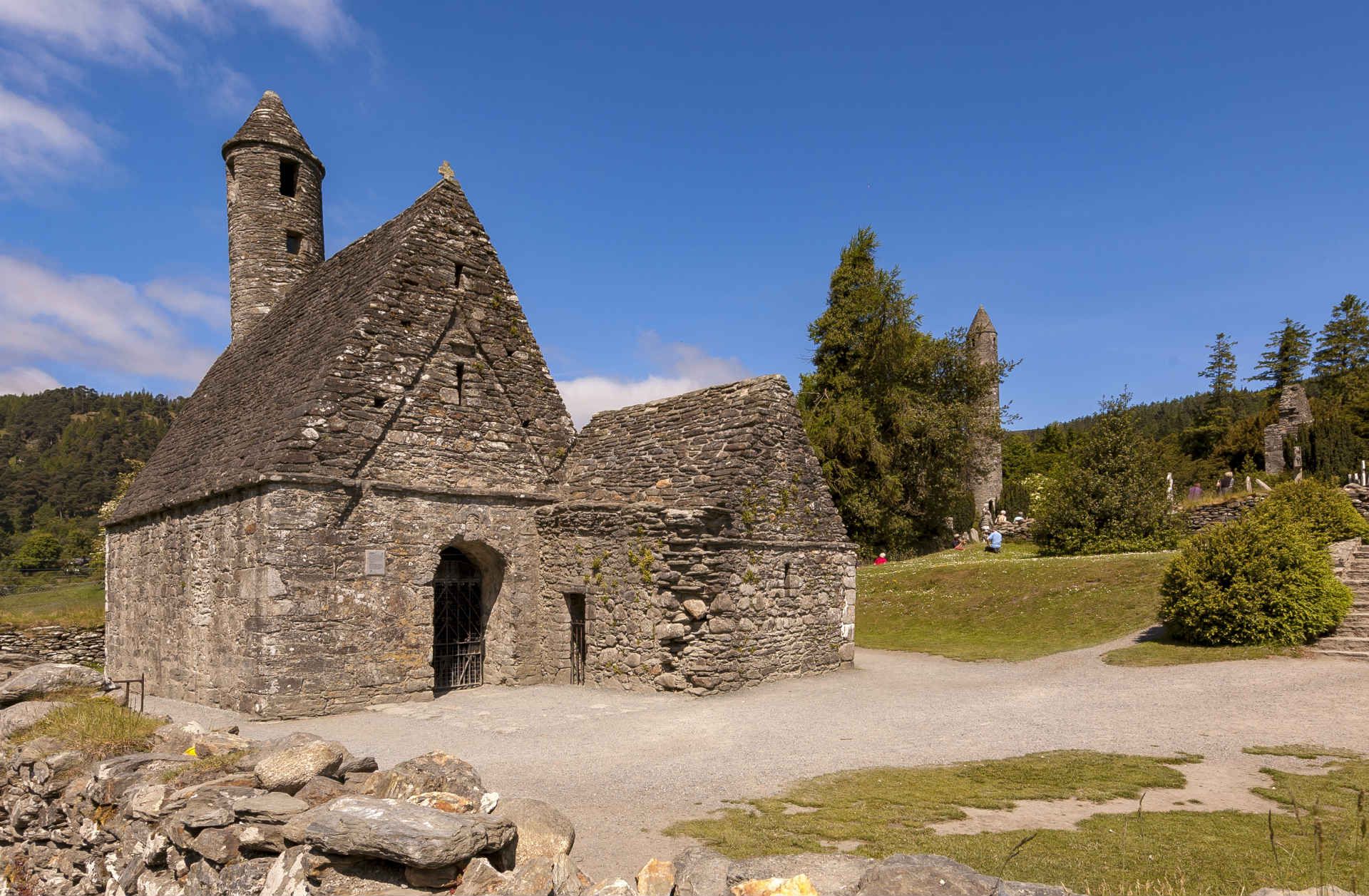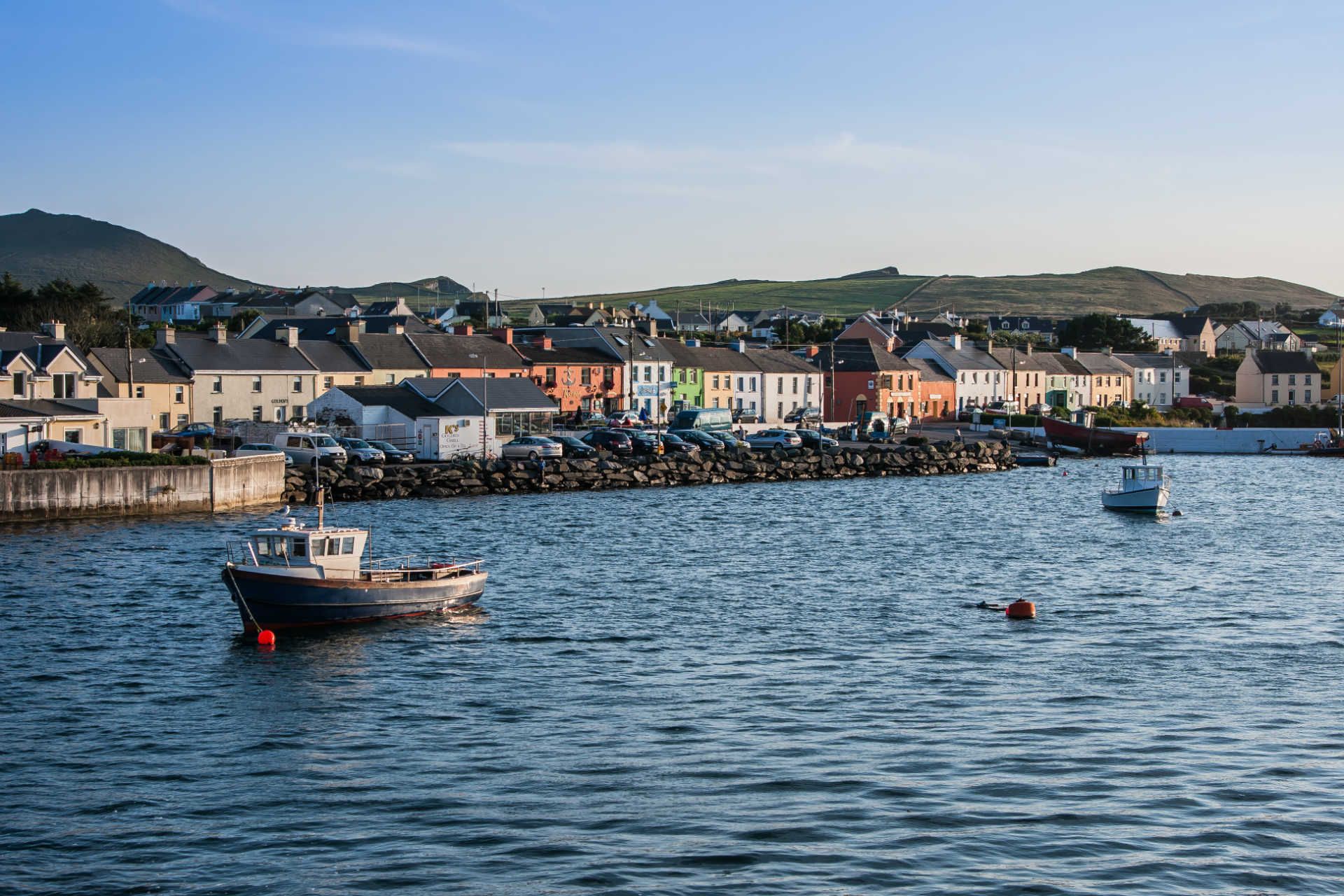Day 7: Killarney to Doolin via Dingle
Travel time: 4 hours total driving
You’ll get some of Ireland’s most dramatic coastal driving on the Dingle Peninsula. Slea Head takes you past stone beehive huts, Iron Age forts, and long sandy beaches. Dunbeg fort feels especially raw, perched on a cliff edge.
In Dingle town you’ll find colorful shopfronts, a busy harbor, and plenty of pubs for a coffee or pint. The road north cuts through the Burren, a limestone plateau where alpine and Mediterranean plants grow side by side. Doolin is small, but it’s one of the best places in the country for traditional music. You’ll have no trouble finding a session once evening comes around. IIf the day feels too packed, consider staying the night in Dingle before heading north.
Insider's tip: On Monday nights, McGann’s pub is where you’ll hear some of the best sessions
Day 8: Aran Islands day trip
Travel time: 30-minute ferry each way
From Doolin you can catch the ferry to Inisheer, the smallest of the Aran Islands. As you approach, you’ll see the limestone terraces rising straight from the sea. The island is known for the Plassey shipwreck, left stranded in 1960, and O’Brien’s Castle at the top, where you get views across to the Cliffs of Moher and Connemara.
St. Kevin’s Church is half buried in sand, and locals still hold Mass there once a year. Life here moves slowly, with Irish as the main language and traditional currach boats still being built. The whole island can be explored on foot or by bike in a day.
Insider's tip: Doolin Ferry runs several services daily from April to October. The crossing can get rough in westerly winds, so pack seasickness tablets if you’re prone.



























